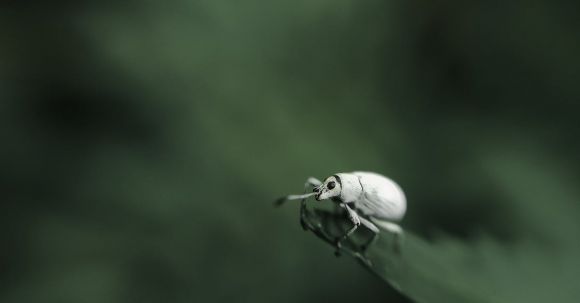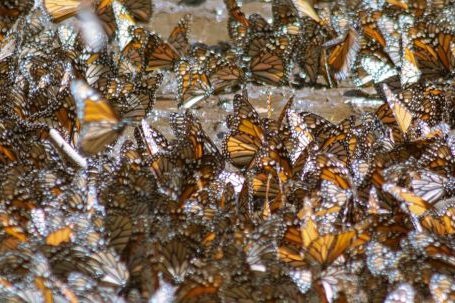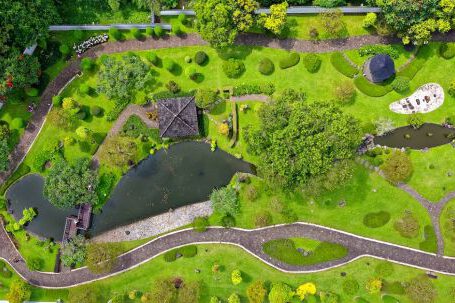Home gardens are a popular way for individuals to grow their own fresh produce and enjoy the benefits of a sustainable and healthy lifestyle. However, one of the challenges that gardeners face is dealing with pests that can damage their plants and reduce yields. Integrated Pest Management (IPM) is a holistic approach to pest control that can be effective in home gardens. In this article, we will explore the principles of IPM and discuss how it can be implemented in a home garden setting.
Understanding Integrated Pest Management
Integrated Pest Management is an environmentally friendly and sustainable approach to pest control that aims to minimize the use of chemical pesticides. It involves a combination of various pest management techniques, including cultural, biological, and chemical control methods. The goal of IPM is to maintain pest populations below levels that cause economic damage while minimizing the negative impact on the environment.
Cultural Control Methods
Cultural control methods are practices that focus on creating an environment that is less favorable to pests. This includes measures such as crop rotation, proper spacing between plants, and removing plant debris. By implementing these practices, gardeners can reduce the risk of pest infestations and create a healthier growing environment for their plants.
Biological Control Methods
Biological control methods involve the use of natural predators, parasites, or pathogens to control pest populations. For example, ladybugs can be introduced into the garden to feed on aphids, a common garden pest. By encouraging the presence of beneficial insects and organisms, gardeners can effectively manage pest populations without resorting to chemical pesticides.
Chemical Control Methods
While the use of chemical pesticides is minimized in IPM, it does not mean that they are completely eliminated. In cases where pest populations reach intolerable levels, judicious use of chemical pesticides may be necessary. However, the selection and application of pesticides are done in a targeted and precise manner, minimizing their impact on non-target organisms and the environment.
Implementing IPM in Home Gardens
Now that we understand the principles of Integrated Pest Management, let’s discuss how it can be implemented in a home garden setting.
1. Identify and monitor pests: Regularly inspect your plants for signs of pest damage and identify the specific pests causing the problem. This will help you choose the most appropriate control methods.
2. Use resistant varieties: When selecting plants for your garden, choose varieties that are known to be resistant to common pests in your area. This will reduce the need for pest control measures.
3. Attract beneficial insects: Plant flowers and herbs that attract beneficial insects, such as ladybugs, lacewings, and parasitic wasps. These insects will help control pest populations naturally.
4. Practice good sanitation: Remove plant debris and weeds regularly to eliminate hiding places for pests. This will reduce the risk of infestations.
5. Utilize physical barriers: Use nets, row covers, or other physical barriers to protect your plants from pests. This can be particularly effective for preventing damage from flying insects or larger pests like rabbits.
6. Use organic pest control products: If chemical pesticides are necessary, choose organic options that are less harmful to the environment and non-target organisms.
In Conclusion
Integrated Pest Management can be a highly effective approach to pest control in home gardens. By implementing the principles of IPM, gardeners can reduce their reliance on chemical pesticides and create a healthier and more sustainable growing environment. Remember to identify and monitor pests, use resistant varieties, attract beneficial insects, practice good sanitation, utilize physical barriers, and choose organic pest control products when necessary. By following these guidelines, you can successfully manage pests in your home garden while minimizing the negative impact on the environment.





